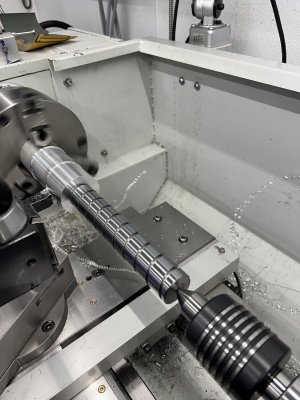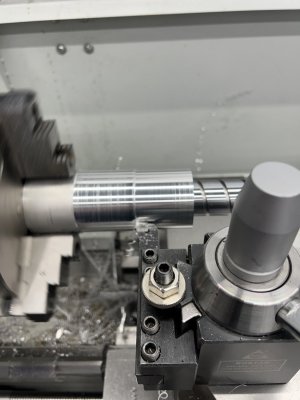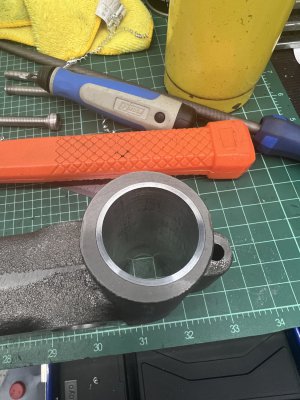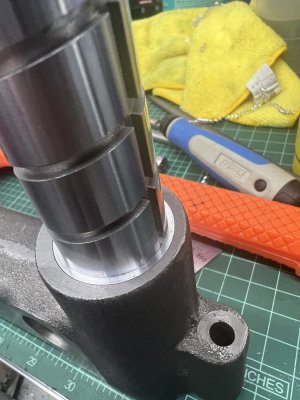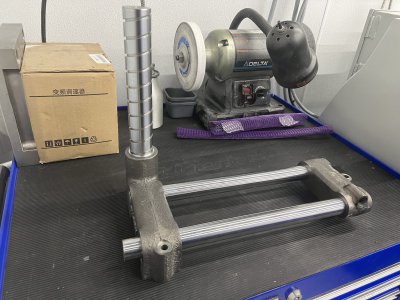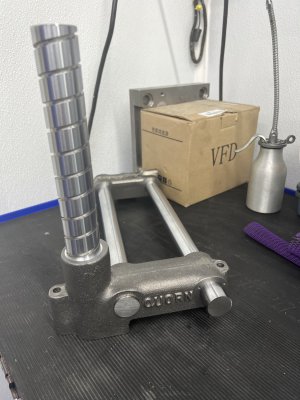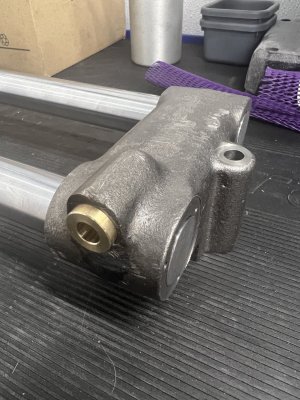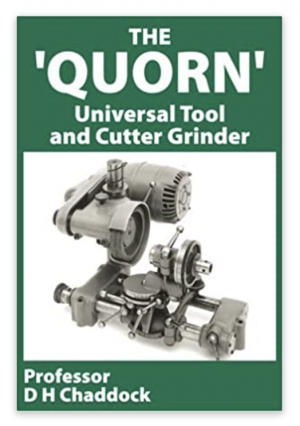- Joined
- Nov 23, 2020
- Messages
- 787
So I bored it out to 1.4", figuring I can bore a sleeve to fit on the column, and then possibly mount it on a mandrel, and cut the OD to fit the 1.4" bore.
In terms of Aluminum, steel, or cast iron, I have been back and forth on whether to paint the castings or clear coat them after they get a patina. These modern castings do not look as smooth as some of the ones I have seen from the folks builds who grab castings from a guy that bought them in the 70's or 80's and never got around to it, plus they have some burr demurring marks near the seams of the casting so I am leaning on paint. Seeing as the aluminum would be painted over, I am seriously considering just going that route. I have probably over 1000 pounds of aluminum bar stock. It would be encapsulated in machine paint forever.
In terms of Aluminum, steel, or cast iron, I have been back and forth on whether to paint the castings or clear coat them after they get a patina. These modern castings do not look as smooth as some of the ones I have seen from the folks builds who grab castings from a guy that bought them in the 70's or 80's and never got around to it, plus they have some burr demurring marks near the seams of the casting so I am leaning on paint. Seeing as the aluminum would be painted over, I am seriously considering just going that route. I have probably over 1000 pounds of aluminum bar stock. It would be encapsulated in machine paint forever.


